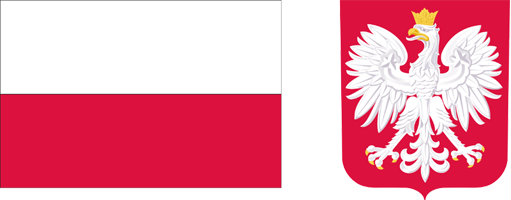Neurobiology of creativity: is there any association with bipolar mood disorder?
1
Uniwersytet Medyczny w Poznaniu
Submission date: 2025-01-01
Acceptance date: 2025-01-23
Online publication date: 2025-10-31
Publication date: 2025-10-31
Psychiatr Pol 2025;59(5):721-736
KEYWORDS
TOPICS
ABSTRACT
Creativity can be defined as a production of action or idea both original and useful, and its effective implementation. Such features of brain functioning may have an evolutionary advantage, increasing chances of survival and achieving reproductive success. Creativity occurs already in some animals but to the greatest extent is present in contemporary humans. The number of genes implicitly associated with creativity is greater in Homo sapiens compared with Homo neandenthalesis, in which it exceeds the number occurring in chimpanzees. The brain structures most essential for creativity involve the frontal and temporal lobes, the default mode network and the cerebellum, and the main neurotransmitter system is the dopaminergic one. Psychological processes associated with creativity include unusual mode of thinking and
increased motivation driven by mood. In the field of psychopathology, most data make a case for the association of creativity with bipolar mood disorder (BD). Among writers, artists and their families, there is an overrepresentation of BD and cyclothymic personality. In BD, unusual thinking is frequent, and enhanced creativity is usually associated with elevated mood. The studies of Nancy Andreasen, Kay Jamison, Terence Ketter, Tiffany Greenwood, and own investigation in this area are presented. The results of many analyses point to a shared vulnerability to creativity and BD. In many outstanding artists, including Polish ones, we observe the full clinical expression of the illness.
Share
RELATED ARTICLE
We process personal data collected when visiting the website. The function of obtaining information about users and their behavior is carried out by voluntarily entered information in forms and saving cookies in end devices. Data, including cookies, are used to provide services, improve the user experience and to analyze the traffic in accordance with the Privacy policy. Data are also collected and processed by Google Analytics tool (more).
You can change cookies settings in your browser. Restricted use of cookies in the browser configuration may affect some functionalities of the website.
You can change cookies settings in your browser. Restricted use of cookies in the browser configuration may affect some functionalities of the website.


